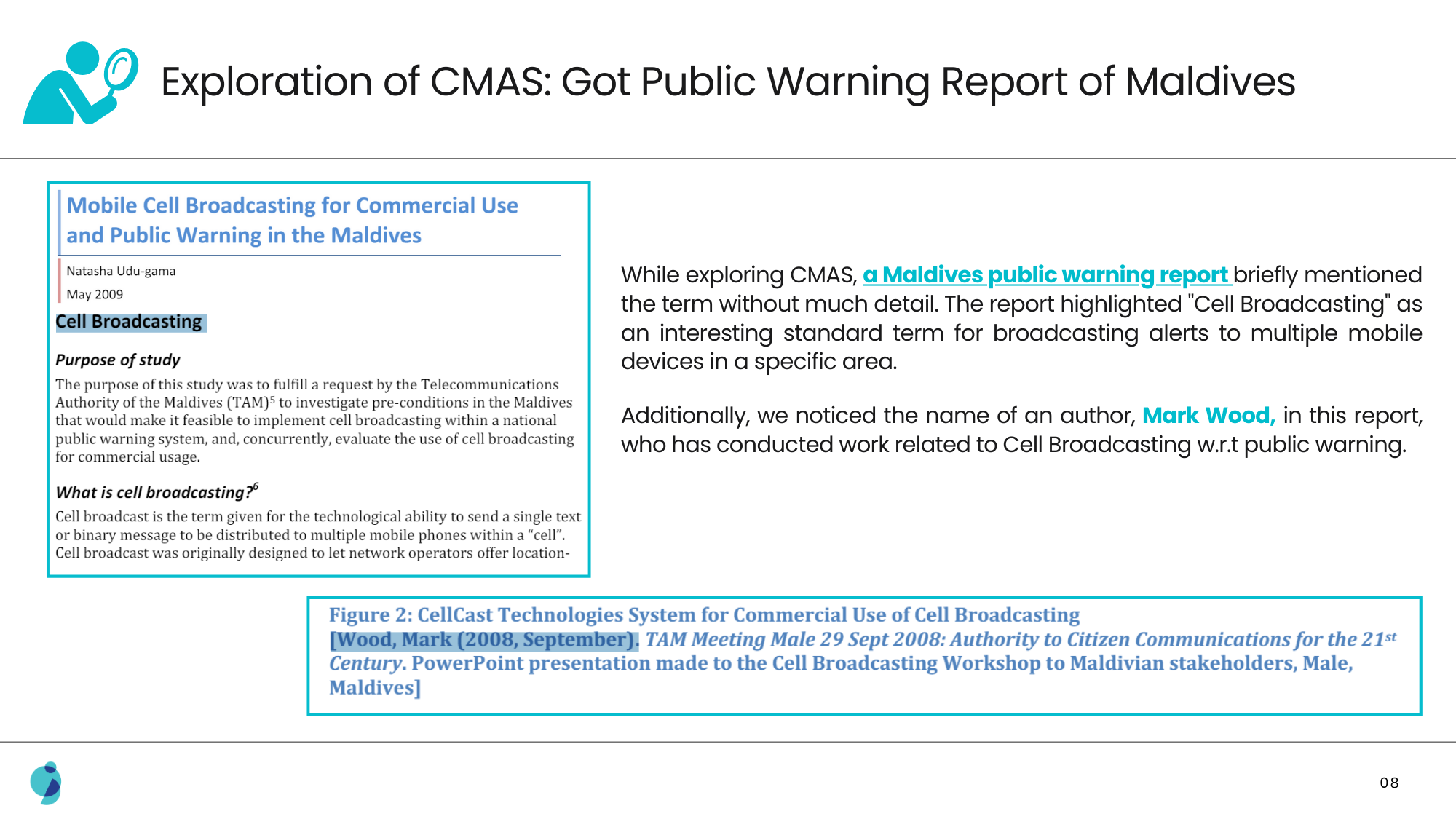
Value Delivered
The identification of comprehensive prior art references significantly strengthened the client’s legal position, allowing them to challenge the existing patent.
Eventually, this saved the company potentially billions of dollars in litigation costs.
Problems Solved
Uncovering specific functionalities of the “Emergency Alert System” within existing patents posed considerable challenges. The broad nature of the concept resulted in a vast amount of literature. Despite examining 2,000 patents, the essential features were scattered across various documents, failing to unify into a single, comprehensive reference.
Turning to research papers provided limited relief, as many relevant papers focused narrowly on state-of-the-art developments that only partially met the criteria. The abundance of potential leads often felt overwhelming, yet none fully matched the necessary requirements.
Alternative strategies were explored without success, and the persistent fragmentation of information continued to impede progress. Finding an exact match of the required functionalities in a unified reference proved increasingly complex.



Solution Offered
Refocusing on the fundamental concept of the Emergency Alert System led to new insights. The Wireless Emergency Alerts Wikipedia page mentioned CMAS of North America, providing a crucial lead.
This lead pointed to an emergency alert report from the Maldives, introducing a new perspective.
Following this, a YouTube video was discovered that ultimately proved to be novelty-destroying.
Get the full case study to discover how GreyB challenged the emergency alert system patent to strengthen client’s legal position in the lawsuit.












